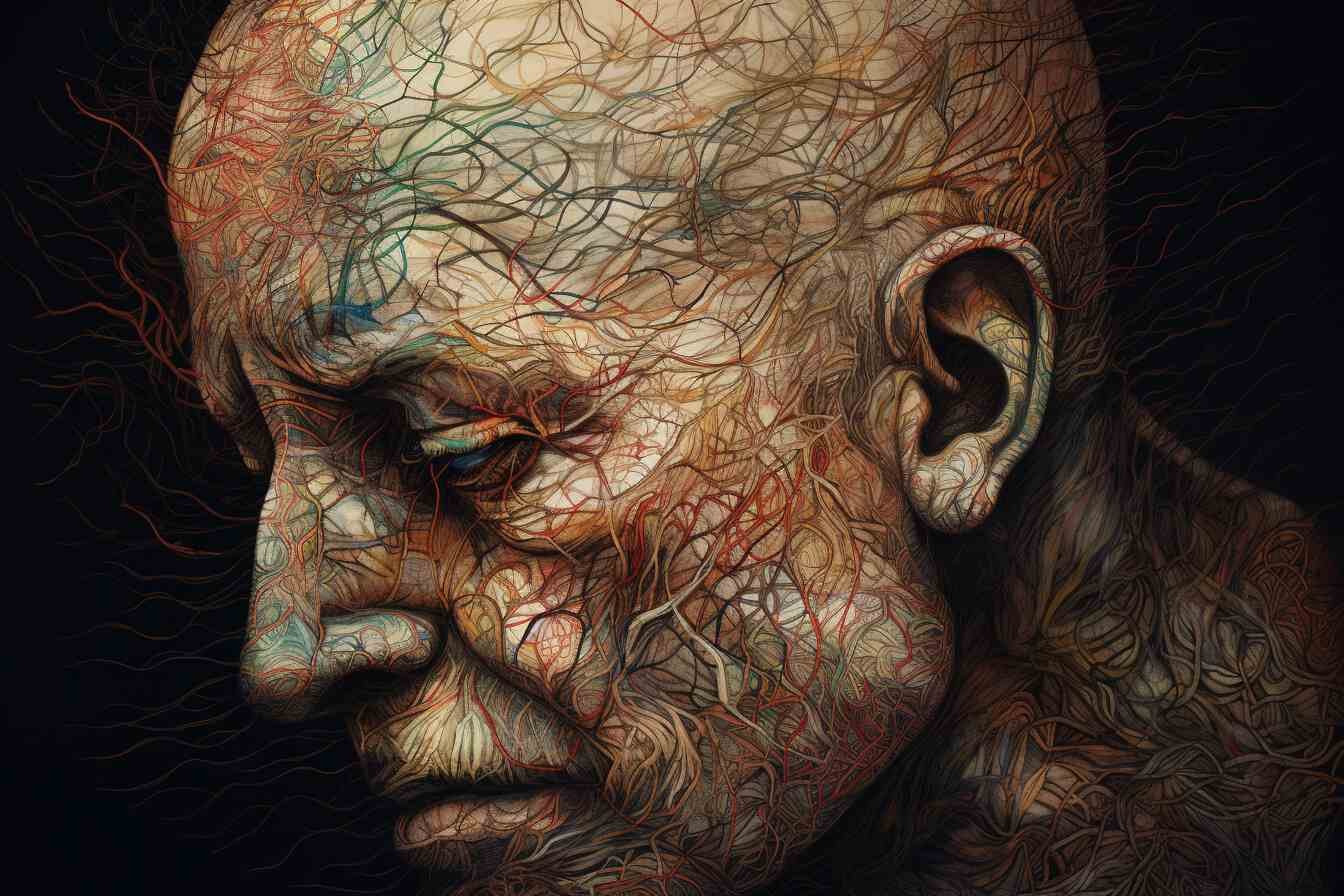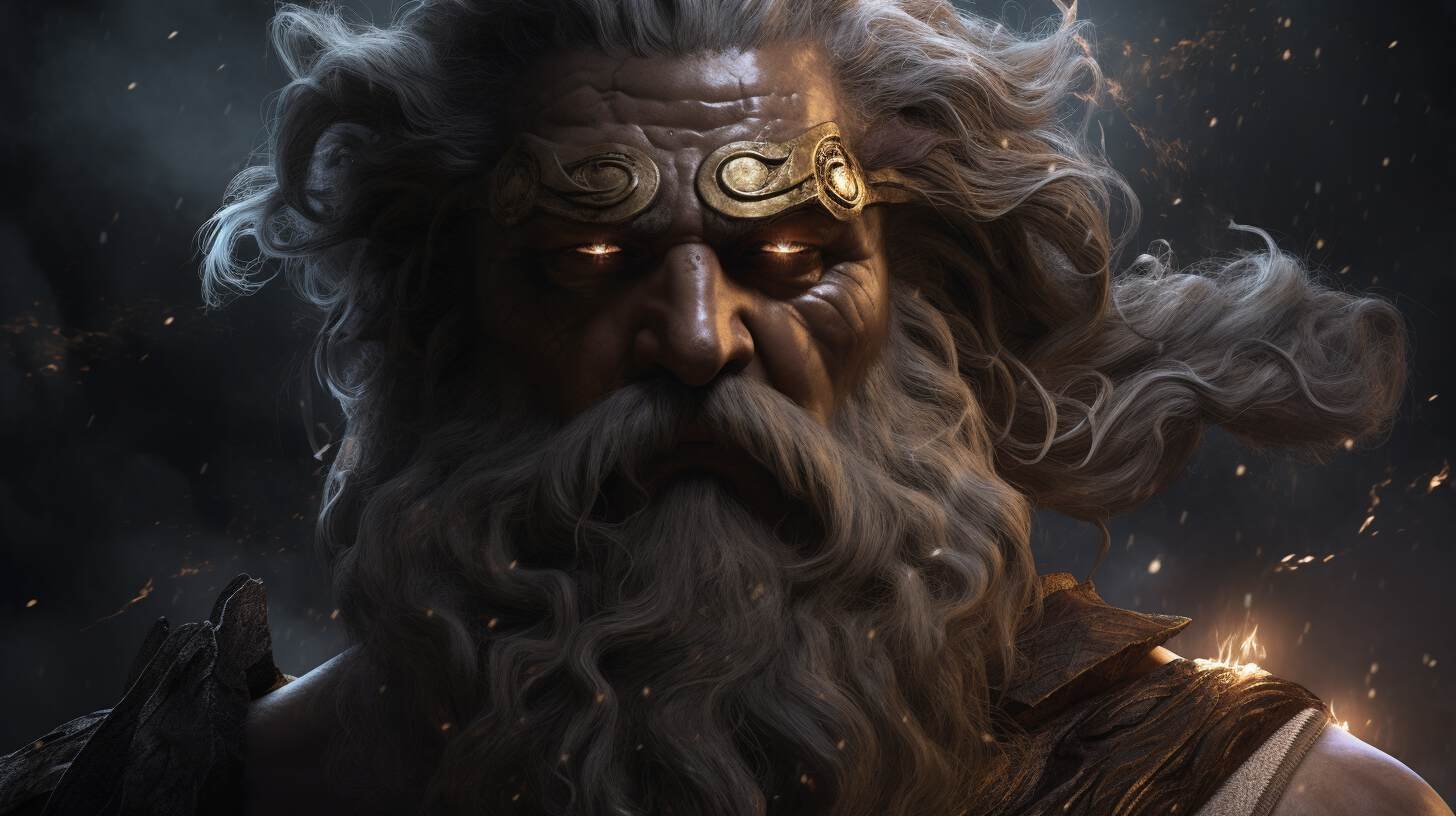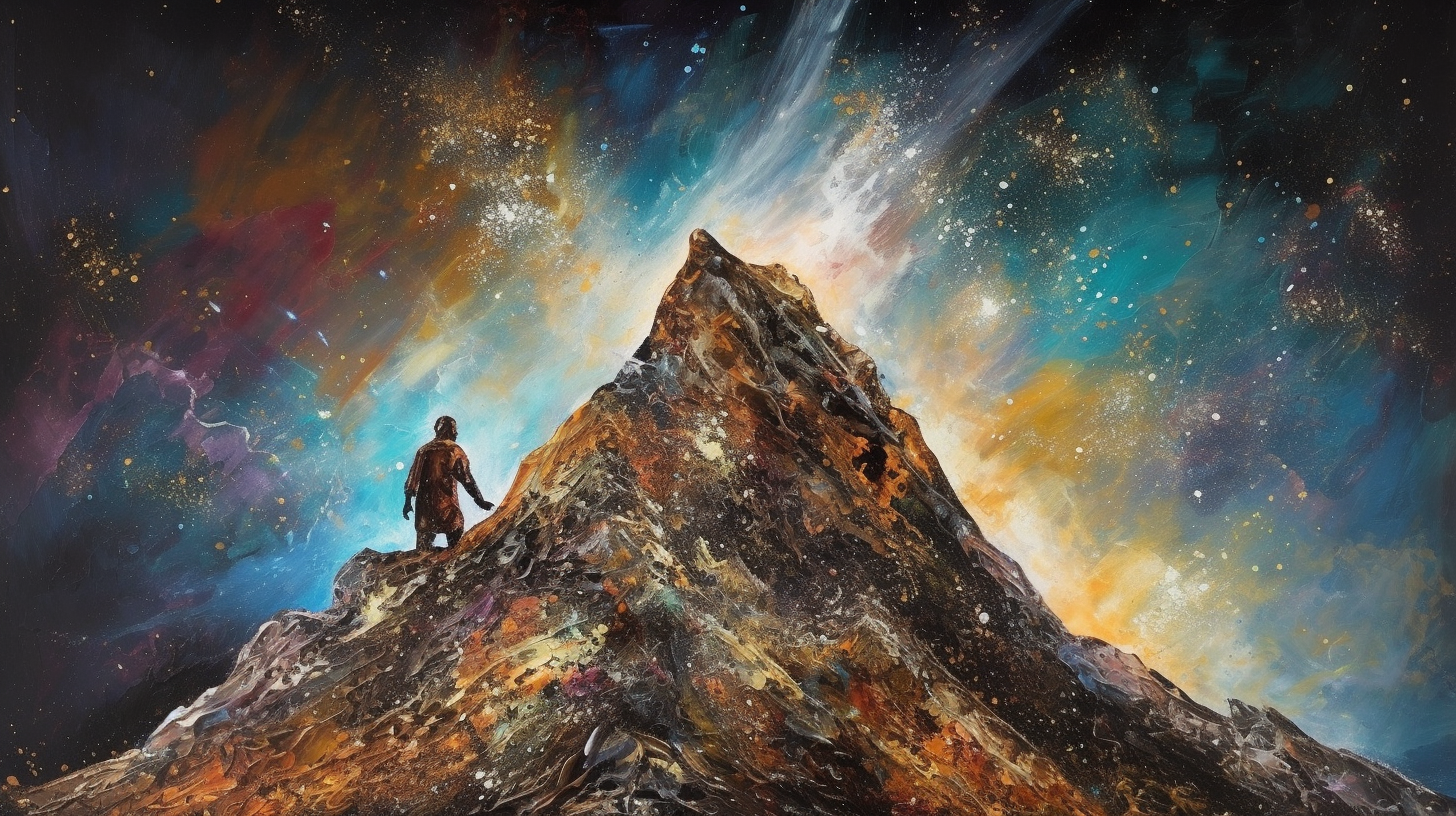Unveiling Divine Masculinity In History And Culture
Table of Contents Show
A concept, a construct, a cosmic force that transcends the mundane and the ordinary, divine masculinity, in its purest form, is an archetype of power, strength, and assertiveness. It is the embodiment of leadership, discipline, and courage. In this article The Invisible Man reflects about the historical and cultural content of the divine masculine.
1. The Evolution of Masculinity Through the Ages
The concept of masculinity has been a chameleon, changing its colors to blend with the zeitgeist of each era. From the warrior kings of ancient civilizations to the stoic philosophers of Greece, from the chivalrous knights of the Middle Ages to the industrial tycoons of the Victorian era, each epoch has had its own interpretation of what it means to be masculine.
In ancient times, masculinity was often associated with physical strength and prowess in battle. The ideal man was a warrior, a protector, a leader. As societies evolved, so too did the concept of masculinity. The advent of the Industrial Revolution, for instance, brought with it a new model of masculinity - the self-made man, the industrial tycoon, the capitalist hero.
In recent decades, however, there has been a seismic shift in our understanding of masculinity. The transparent models of the past are being challenged and systemically deconstructed. The advent of the feminist movement, the LGBTQ+ rights movement, and the mental health movement have all played a role in this transformation.
Today, there is a full scale war between the forces of tradition and modernity. Both forces have taken on extreme militancy, where the forces of tradition call for rejection of modernity, while the forces of modernity want to reject all tradition for unconditional dilution of masculinity.
Ironically what both sides are fighting for, already existed since the dawn of life. It is the concept of the divine masculine, that timeless version of masculinity that was always in harmony with the dark and light, masculine and feminine, yin and yang and so on.
2. Divine Masculinity in Different Cultures
A. The Divine Masculine In Eastern Cultures
In Hinduism, the divine masculine is embodied in deities like Shiva, the destroyer and transformer, and Vishnu, the preserver and protector. These gods represent the dynamic and diverse aspects of the divine masculine, from strength and power to compassion and wisdom.
In Taoism, the Divine Masculine is represented by the Yang, the active, assertive force that complements the Yin, the passive, receptive energy. This philosophy recognizes the Divine Masculine as a vital part of the cosmic balance, a force that drives action, fosters growth, and propels transformation.
B. The Divine Masculine in Western Cultures
In Greek mythology, divine masculinity is personified in gods like Zeus, the king of the gods, and Apollo, the god of light and truth. These gods represent the diverse aspects of divine masculinity, from authority and power to wisdom and clarity.
In Christianity, divine masculinity is embodied in God the Father, a symbol of strength, authority, and compassion. This religious doctrine recognizes divine masculinity as a vital part of the divine trinity, a force that guides, protects, and nurtures.
C. The Divine Masculine in Indigenous Cultures
In the rich mosaic of Indigenous cultures, divine masculinity is a sacred force, revered in their spiritual rituals, their societal norms, and their oral traditions. It's a force that is deeply intertwined with the natural world, reflecting the strength of the mountains, the power of the rivers, and the wisdom of the forests.
In Native American cultures, divine masculinity is often associated with the spirit of the Eagle, a symbol of power, vision, and freedom. This spiritual symbolism recognizes divine masculinity as a vital part of the cosmic balance, a force that soars above the mundane, offering clarity, perspective, and inspiration.
In Aboriginal cultures, divine masculinity is embodied in the figure of the Rainbow Serpent, a symbol of creation, transformation, and renewal. This cultural narrative recognizes divine masculinity as a vital part of the cycle of life, a force that weaves through the fabric of time, fostering growth, driving change, and nurturing life.
3. The Divine Masculine in Mythology
A. Greek Mythology and the Divine Masculine
Greek mythology, a treasure trove of tales and legends, is replete with representations of divine masculinity. The pantheon of Greek gods, from Zeus, the king of the gods, to Apollo, the god of light and truth, embody the diverse aspects of divine masculinity.
Zeus, with his thunderbolt in hand, represents authority and power, while Apollo, with his lyre and laurel, symbolizes wisdom and clarity. These gods, in their might and majesty, personify divine masculinity in its myriad forms, from the assertive to the insightful, from the powerful to the enlightened.
B. Norse Mythology and the Divine Masculine
In the frosty realms of Norse mythology, divine masculinity emerges in the form of gods like Odin, the Allfather, and Thor, the god of thunder. Odin, with his one eye and his pair of ravens, embodies wisdom, knowledge, and sacrifice, key aspects of divine masculinity. Thor, with his mighty hammer Mjolnir, represents strength, courage, and protection.
These gods, in their grandeur and grit, epitomize divine masculinity, a force that is as relentless as the Nordic winters and as resilient as the Viking warriors.
C. Hindu Mythology and the Divine Masculine
Hindu mythology, a kaleidoscope of stories and symbols, is rich with depictions of divine masculinity. The trinity of Brahma, Vishnu, and Shiva, each embody different aspects of divine masculinity. Brahma, the creator, symbolizes the aspect of creation and innovation. Vishnu, the preserver, represents the aspect of sustenance and balance.
Shiva, the destroyer, embodies the aspect of transformation and renewal. These gods, in their cosmic roles and responsibilities, reflect divine masculinity in its multifaceted glory, from the creative to the transformative, from the sustaining to the renewing.
4. The Divine Masculine in Classical Art
Classical art, a visual chronicle of human history, is replete with representations of divine masculinity. From the marble statues of Greek gods to the intricate carvings on Egyptian temples, divine masculinity has been a recurring theme in classical art.
In Greek sculpture, divine masculinity is embodied in figures like Zeus and Apollo, their chiseled forms radiating power and wisdom. In Egyptian art, divine masculinity is personified in deities like Ra, his image etched into stone, a symbol of vitality and creation.
5. The Divine Masculine in Popular Culture
In the landscape of popular culture, divine masculinity is a recurring theme, shaping narratives, and influencing trends. Regardless of cinema or music, divine masculinity is becoming more and more diluted.
In cinema, characters display more of vulnerability and timidity than the positive forces associated with divine masculinity. For example, sitcoms like Friends, Big Bang Theory, and a host of other shows have reduced masculinity to dorkiness, frivolity, and shallowness.
In music, the trend is the same, where masculinity is more often than not portrayed as a love-struck, mourning individual, or a self obsessed vain one seeking affirmation through grandiose.
These portrayals in popular culture are not just entertainment, but a reflection of our societal attitudes, our collective consciousness and our extreme view of masculinity. Where masculinity was toxic on one extreme, it is now beaten into submission into another extreme.
All this is a testament to the polarizing times, and an even greater relevance of divine masculinity, a force that continues to influence and ignite.
6. Conclusion
In the grand tapestry of human history and culture, divine masculinity is a vibrant thread, weaving through the fabric of our collective consciousness, forever captivating mankind’s interest in the ultimate question about divine masculinity. For more details on this subject, read “The Divine Masculine Symbol Explained”.
From the ancient civilizations that revered it in their gods and myths, to the modern societies that are redefining it in their narratives and norms, the divine masculine has been a constant presence, a guiding force, a transformative energy.























